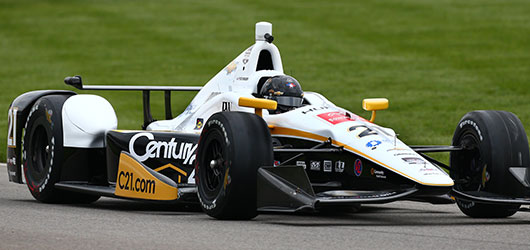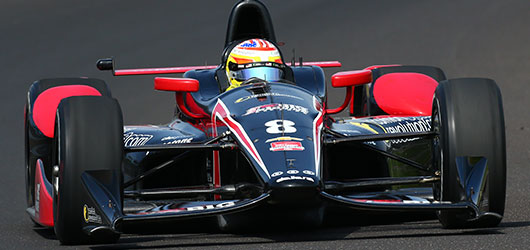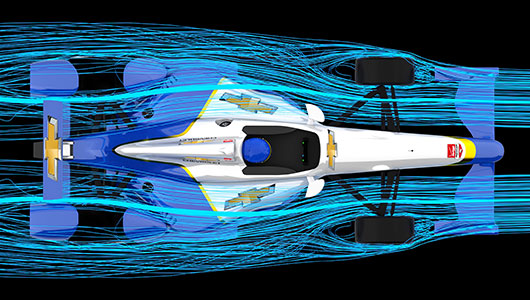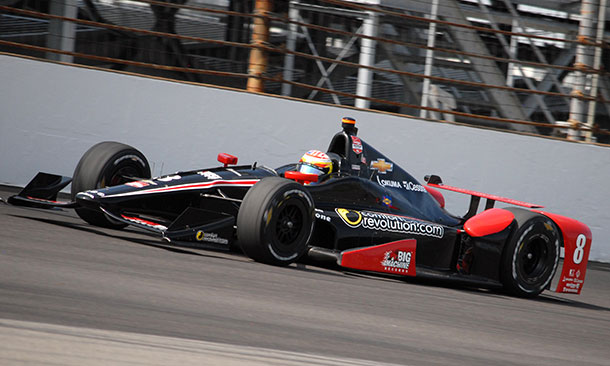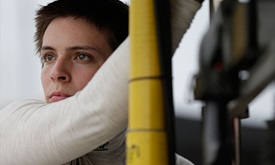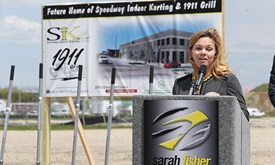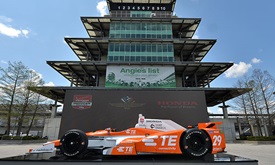Chevy's superspeedway kit focuses on efficiency
MAY 02, 2015
A balance between a reduction in aerodynamic drag to increase speed and maintaining sufficient downforce is the underpinning of the Chevrolet superspeedway aerodynamic bodywork platform unveiled today.
A May 3 Verizon IndyCar Series Promoter Test on the Indianapolis Motor Speedway oval will be the public debut of the Chevrolet and Honda kits designed for speed and stability on the big ovals – Indianapolis Motor Speedway, Texas Motor Speedway, Auto Club Speedway and Pocono Raceway – this season.
“Innovative designs were used to develop the right combination of downforce and drag, along with engine performance,” said Chris Berube, Chevrolet IndyCar program manager.
Click it: Promoter Test information
Chevrolet’s superspeedway configuration was developed in conjunction with the road/street course and short oval configuration that has been used through the first four events of the season, and will be utilized in the Angie’s List Grand Prix of Indianapolis on May 9 on the Indianapolis Motor Speedway road course. A Chevrolet entry has won three races this season.
"Sidepods and the engine cover carry over, and they are optimized for Indianapolis efficiency targets,” Chevrolet Racing chief aerodynamisist Arron Melvin said. “The wheel wedge is a carry over, although different add-ons are used with the wedge.”
Louvers in the sidepods provide cooling benefits and clean airflow to the rear of the car, delivering higher levels of diffuser and rear-wing efficiency. The wheel wedge configuration is adjustable, providing various levels of downforce and efficiency to meet changing track conditions. The wheel wedges and rear wheel guards were designed as an integrated solution to reduce drag.
A unique front wing main plane surface contour serves two purposes -- the inboard section directs air to the radiator inlets to enhance engine cooling while the outboard section creates airflow around the front tire to minimize drag.
A low-mass rear wing main plane and pillar is unique tor the Indianapolis 500.
"Downforce contribution required from rear wing is generally reduced compared to the (Dallara IR-12 aerodynamics),” Melvin added. “Design is more efficient, even at the same wing force level. Lightweight design was important to us."
The design and options available to teams for qualifications and the 200-lap race May 24 meshes with the 2.2-liter, twin-turbocharged, direct-injection V-6 engine.
“Our development efforts for the aero kit consciously integrated and balanced the needs of the engine into the final design,” Berube said.
